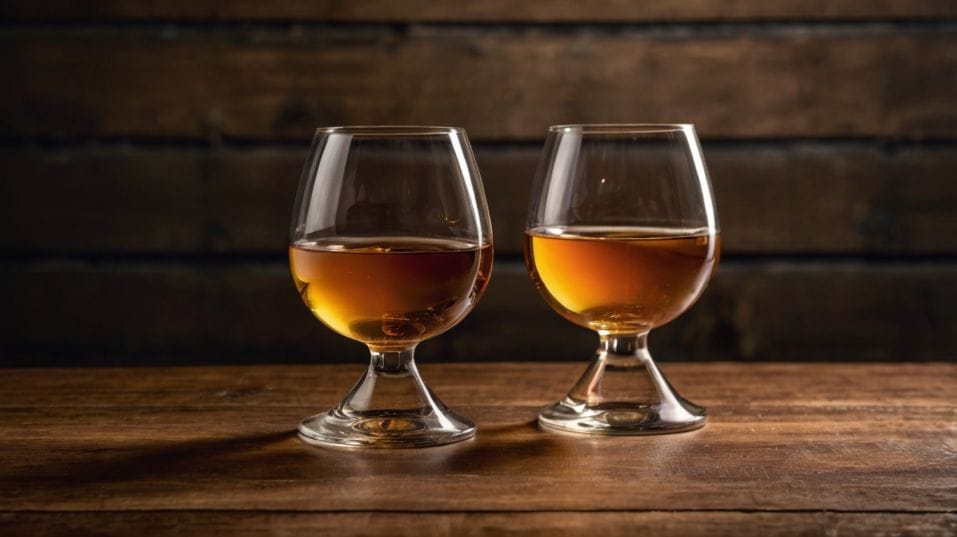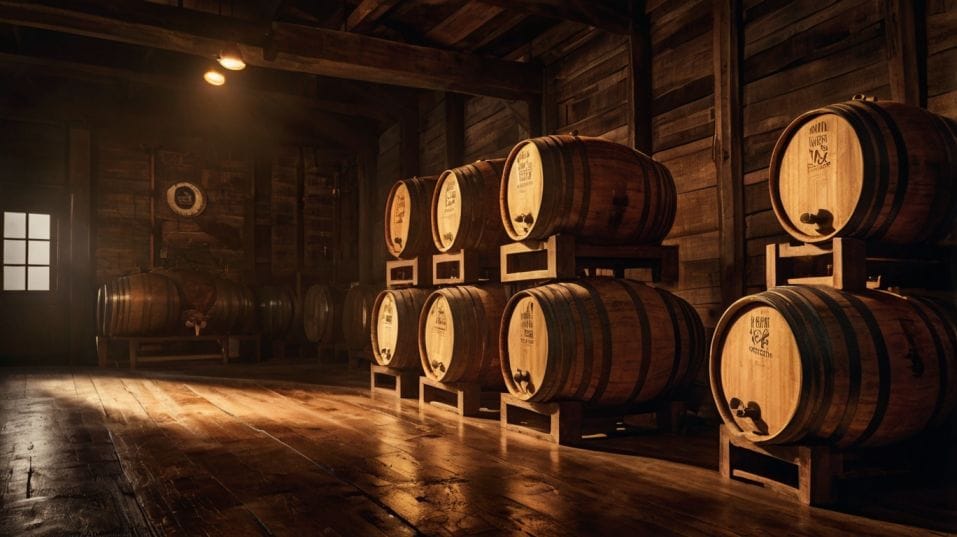The Myth of the Perfect Age Statement
Think older means better? Discover why age statements can mislead and learn how to taste, collect, and choose whiskey with real confidence.

Is older always better when it comes to whiskey? For many new drinkers, age statements feel like a built-in quality meter—safe, reliable, serious. But here’s the twist: that big number on the label might be misleading.
If you're chasing great flavor or building a meaningful collection, time in the barrel tells only part of the story. Let’s explore why age alone doesn’t guarantee excellence—and how learning to taste beyond the label sets you free.
Why Age Looks Like a Shortcut (But Isn’t One)
Age statements exist because they’re easy to sell. “Aged 12 years” sounds confident, mature, trustworthy.
You assume that number guarantees complexity, smoothness, richness. But in practice, age doesn’t promise any of that. It tells you how long the spirit has been in a barrel—not how it tastes.
Two whiskeys aged the same number of years can be completely different experiences. One might be vibrant and expressive. The other?
Flat, over-oaked, maybe even bitter. Age doesn’t create greatness. It just gives potential. Whether that potential is realized comes down to what happened during those years—not just how many passed.
This is where beginners often get tripped up. Age feels like a quality shortcut. But if you lean on it too heavily, you’ll miss whiskeys that are younger, cheaper, and often better.
The Barrel Does the Heavy Lifting
Here’s what most bottle labels don’t tell you: it’s the barrel—not just the clock—that shapes how a whiskey evolves.
Oak isn’t neutral. It breathes, expands, contracts. It pushes spirit deep into its grain during hot days and pulls it back during cool nights.
That interaction extracts flavor—spice, vanilla, caramel—but also structure. A dense grain might yield subtle notes over time. A heavily charred barrel gives up its character fast.

Warehouse Placement and Aging Conditions
Then there’s warehouse placement. A barrel on the top rack of a Kentucky rickhouse, where it’s hot and dry, will age faster than one on the bottom, where it’s cool and damp.
That doesn’t make one better than the other—it just makes them different. So when you see a whiskey aged “12 years,” you don’t know:
- Was it in a tired barrel that barely gave anything up?
- Was it baking under the rafters or mellowing in a cool corner?
- Was the wood American oak, European oak, re-used, toasted, or charred to oblivion?
Time doesn’t answer any of those. But the flavor will. You just have to taste for it.
More Time in a Barrel Doesn’t Always Help
There’s this romantic idea that the longer a whiskey sits in wood, the more refined it becomes. And sure, time can round out edges and deepen complexity—but it can also flatten character.
There’s a tipping point where the barrel stops enhancing the spirit and starts overwhelming it.
Whiskeys left too long in active casks can become overly tannic, drying, or bitter. Some lose their core identity altogether—the grain notes that made them interesting in the first place get smothered by oak.
On the other side, a younger whiskey—say, 5 to 8 years old—can taste electric. It might bring spice, fruit, and grain character that’s vivid and alive.
Not polished, maybe, but powerful. If the distillate was clean and the barrel well-matched, it doesn’t need 15 years to show up fully formed. Great whiskey doesn’t wait for a birthday. It arrives when the balance is right.
The Collector’s Trap: Expensive Doesn’t Mean Exceptional
If you’re building a collection, age statements can become a mental shortcut. It’s tempting to chase the double digits—18, 21, 25—assuming those bottles are the crown jewels.
And yes, some long-aged expressions are masterpieces. But not all. Some are just expensive.
Older whiskey costs more to make. Storage, evaporation, barrel loss—it adds up. But high price doesn’t equal high quality. Some older bottles are tired. Over-oaked. Thin. They sit on shelves more as trophies than actual drinking experiences.
How to Choose with Confidence
A smarter move? Learn to collect for flavor, not just for flex. Seek out bottlings that show balance, clarity, and structure—regardless of age.
Taste blind when you can. Compare a 6-year and a 12-year from the same distillery. Feel the difference in mouthfeel, finish, cohesion.
Train your palate to recognize why something tastes mature—not just assume it because of a label.
Maturation Isn’t One-Size-Fits-All
Another myth: that whiskey ages the same way everywhere. But regional climates change the game completely.
A 4-year bourbon from Texas might taste like a 10-year Kentucky pour because of intense heat cycles and rapid oak interaction.
A Scotch aged 12 years in the cool, damp Highlands might be subtler, more restrained. Japanese whiskies often use Mizunara oak, which ages slow and imparts different aromatic compounds altogether.
The Art of the Blend
Even within a single distillery, there’s variation. Some casks mature faster than others. That’s why great blenders don’t just grab the oldest barrels—they taste, blend, and balance. The best whiskey isn’t the oldest—it’s the most complete.
How to Build Better Taste and Trust Your Own Palate
If you want to move beyond label-chasing and become a real whiskey thinker, here’s the shift: stop looking for age, and start listening to flavor.
What are you tasting first—wood or grain? Is the finish tight and clipped, or slow and unfolding? Does it feel cohesive, like all the flavors belong?
Or is it a jumble of oak, ethanol, and random spice? These questions matter more than the number stamped on the bottle.
Training Your Instincts
Want to level up faster? Start a flavor journal. Taste blind. Revisit young and old expressions from the same producer. Learn how climate, barrel treatment, and blending shape outcomes.
It’s not about memorizing facts. It’s about building instincts. And the more you train your senses, the less you’ll need to rely on someone else’s idea of “premium.”
Final Thoughts
Forget the myth. Age isn’t a promise—it’s a variable. An 18-year bottle might be incredible. Or it might be a $200 lesson in why oak isn’t everything. What matters is what’s in the glass—and how it tastes to you.
So do this: grab two bottles today—one old, one young. Taste them side by side, slowly. Don’t look at the label until the end. Let your palate be the judge, not the number.
Every sip is a chance to sharpen your taste, build your confidence, and collect with intent. Start now. You don’t need a perfect age. You just need curiosity—and a glass.




